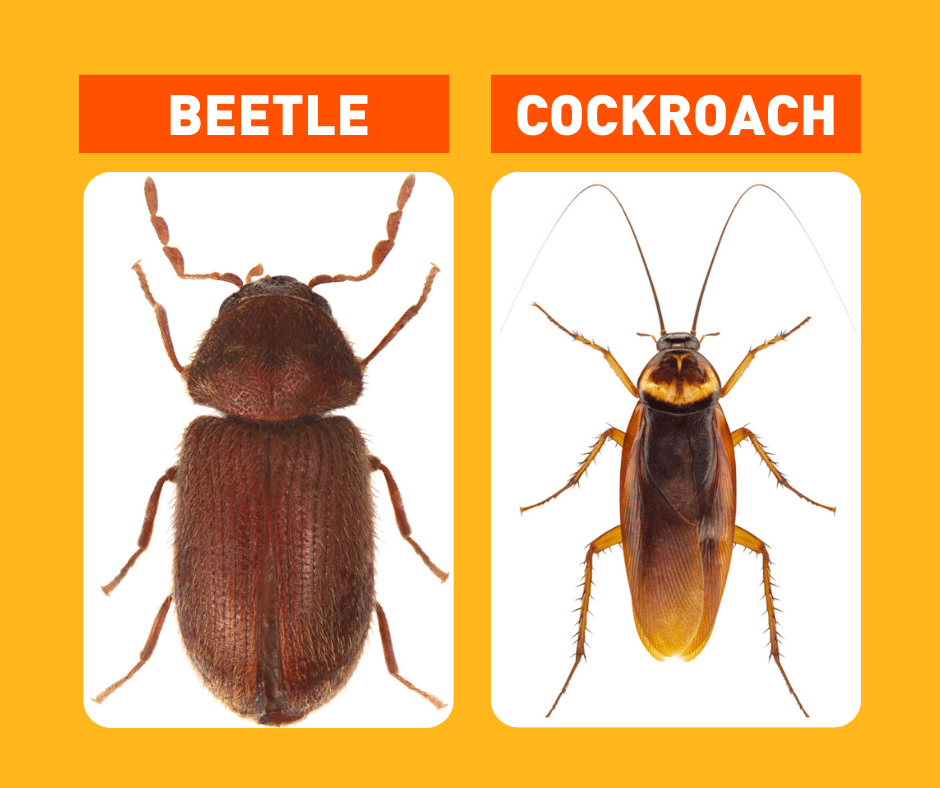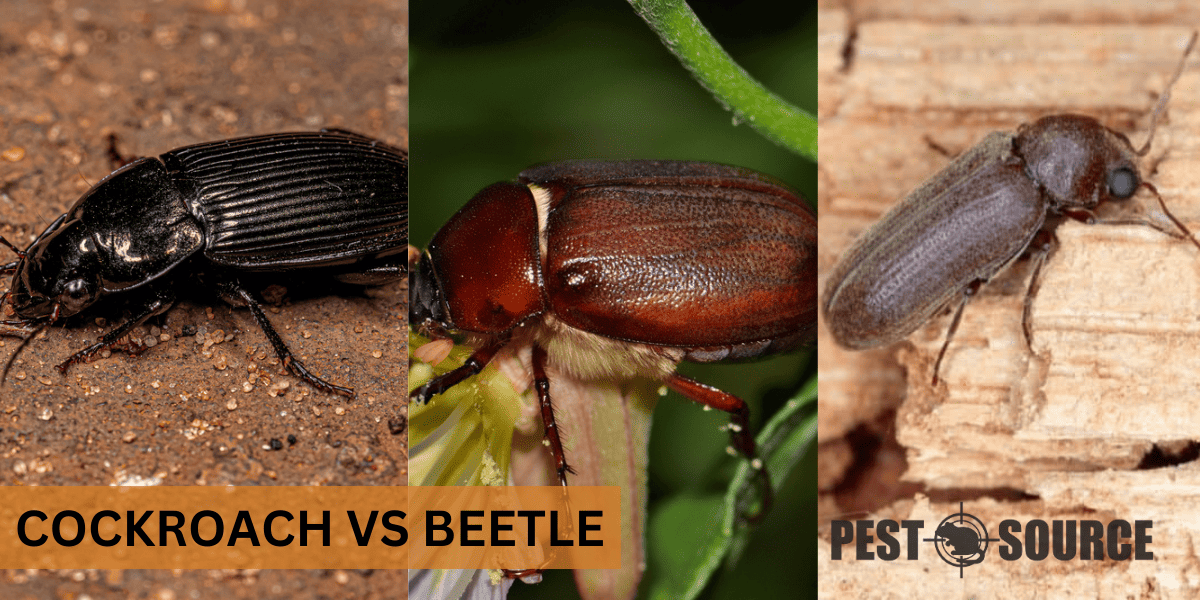Is That a Cockroach or a Click Beetle? The Definitive Guide
Did you just see a fast-moving, dark-colored insect scurry across your floor? Your first thought might be, “Cockroach!” But before you reach for the bug spray, consider another possibility: a click beetle. These two insects share some visual similarities, leading to frequent misidentification. This guide will help you differentiate between cockroaches and click beetles, so you can accurately assess the situation and take appropriate action.
Understanding the Problem: Why Accurate Identification Matters
Misidentifying an insect can lead to unnecessary worry and potentially ineffective control measures. Cockroaches are notorious pests, often associated with unsanitary conditions, and can trigger allergies and asthma. Click beetles, on the other hand, are generally harmless to humans, though their larvae can damage crops. Knowing the difference is crucial for:
- Peace of mind: Avoid unnecessary panic if you’re dealing with a click beetle.
- Targeted pest control: Implement effective strategies only if you have a cockroach infestation.
- Preventing unnecessary chemical exposure: Avoid spraying insecticides if they are not needed.
- Protecting your home and garden: Understanding the potential impact of both insects.
Key Differences: How to Tell a Cockroach from a Click Beetle
While both insects share a brownish or blackish appearance, several key features distinguish them:
1. Body Shape and Structure
- Cockroaches:
- Oval or flattened body shape.
- Long, spiny legs.
- Head is often concealed beneath a shield-like pronotum (the plate covering the thorax).
- Visible antennae are long and thread-like.
- Click Beetles:
- Elongated, cylindrical body shape.
- Hard, shell-like elytra (wing covers) that often have parallel lines or grooves.
- The pronotum is a prominent, plate-like structure.
- The head is often visible.
2. Size and Appearance
- Cockroaches:
- Vary in size depending on the species, ranging from ½ inch to over 2 inches long.
- Color can vary from light brown to black.
- Many species have wings, although they may not always be used for flight.
- Click Beetles:
- Typically range from ½ inch to 1 inch long.
- Color varies from brown to black, with some species displaying vibrant markings.
- They have a distinctive “click” sound when they flip themselves over.
3. Behavior and Movement
- Cockroaches:
- Fast-moving and secretive, often hiding in dark, damp places.
- Nocturnal in nature.
- Can climb vertical surfaces.
- Click Beetles:
- Often found on the ground or on plants.
- When disturbed, they can flip themselves over, making a clicking sound.
- They can also jump, but this is more of a flip, not a true jump.
4. The “Click” Test
- Click Beetles: The most definitive way to identify a click beetle is by its unique defense mechanism. If the insect is on its back, it can snap its body, producing a clicking sound, and propelling itself into the air to right itself.
- Cockroaches: Cockroaches do not possess this ability.
Habitat and Diet: Further Clues
Understanding the typical habitats and diets of each insect can further aid in identification:
- Cockroaches:
- Prefer warm, humid environments.
- Commonly found in kitchens, bathrooms, basements, and other areas with food and water sources.
- Eat a wide variety of organic matter, including food scraps, paper, and glue.
- Click Beetles:
- Often found in gardens, fields, and wooded areas.
- Larvae (wireworms) feed on roots and seeds.
- Adults feed on nectar and pollen.
What to Do If You Suspect a Cockroach Infestation
If you believe you have a cockroach problem, it’s crucial to take immediate action:
- Sanitation: Thoroughly clean your home, paying special attention to food preparation and storage areas.
- Seal Entry Points: Seal cracks and crevices in walls, floors, and around pipes to prevent entry.
- Use Bait Stations and Insecticides: Consider using cockroach bait stations or insecticides, following the manufacturer’s instructions carefully.
- Professional Help: If the infestation is severe, consider contacting a professional pest control service.
Conclusion: Identifying the Intruder
Distinguishing between a cockroach and a click beetle is essential for effective pest management. By observing their body shape, size, behavior, and utilizing the “click” test, you can accurately identify the insect and take appropriate action. Remember, accurate identification can save you time, money, and unnecessary worry.
Frequently Asked Questions (FAQs)
1. Are click beetles dangerous to humans?
No, click beetles are not dangerous to humans. They do not bite or sting and pose no direct threat.
2. Can click beetles damage my home?
Adult click beetles do not typically damage homes. However, their larvae (wireworms) can be destructive to crops and gardens.
3. How do I get rid of click beetles?
Since click beetles are generally harmless, control measures are usually unnecessary. If they are a nuisance, you can remove them manually or eliminate their food sources (e.g., decaying organic matter).
4. What do click beetles eat?
Adult click beetles feed on nectar and pollen. Their larvae (wireworms) feed on plant roots and seeds.
5. Can a click beetle fly?
Yes, most click beetles can fly. However, their flight is often erratic and clumsy.




